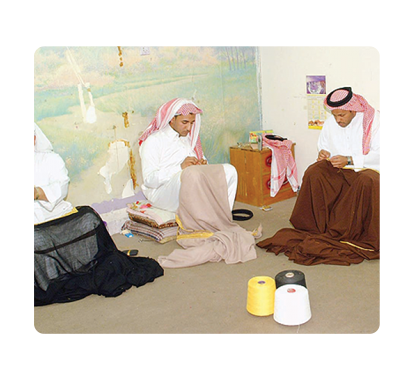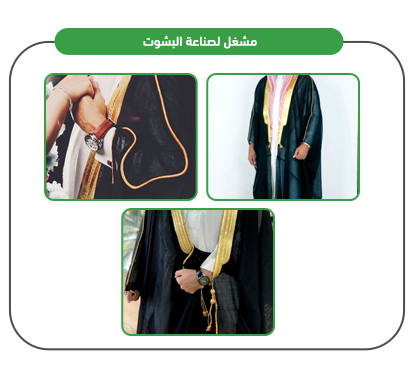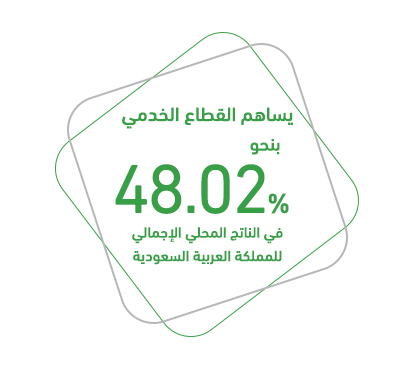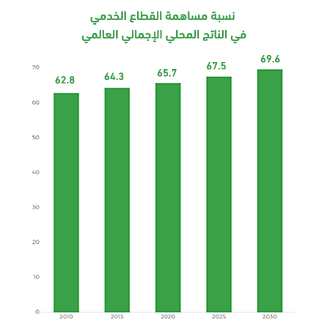It is about establishing a workshop for the manufacture of Al-Khawaja Bisht to produce (traditional Bisht, wedding Bisht, and royal Bisht) with the aim of activating one of the country’s heritage industries, as the Bisht product is one of the country’s ancient heritage products that are indispensable as a result of adherence to the heritage of the ancestors.

The project is about establishing Al Khawaja Bisht Workshop for producing traditional bishts, including the classic bisht, groom’s bisht, and royal bisht, with the aim of revitalizing one of the country’s heritage industries. The bisht is considered a significant cultural product in the region, reflecting the deep-rooted traditions and customs passed down from ancestors. It holds great importance in the Gulf region as it is an essential outer garment worn by men and even children, serving as the official attire for rulers, presidents, dignitaries, ministers, ambassadors, and other prominent figures. For these individuals, the bisht is a key part of their attire, while for others, it is typically worn on special occasions such as holidays, weddings, and formal events.
The bisht represents not only a piece of clothing but also a symbol of Arab identity, social status, and cultural pride, making quality and craftsmanship essential for its wearers. To complete the traditional look, the bisht is typically worn with a ghutra (headscarf), aghal (headband), and qahfiya (skullcap), making these accessories indispensable.
Al Khawaja Bisht Workshop targets the male demographic, with a steadily increasing and continuous demand for its products due to the rising population growth in the country.



Executive Summary
Study of project services/products
Market size study.
Risk assessment study.
Technical study
Financial study.
Organizational and administrative study.

The service sector does not rely on raw materials or goods for sale; rather, its activities are centered around providing intangible services. Like this: Transportation services, hospitality services, healthcare services, and others. This sector is considered the main driver of major economies; for example, in the United States, the service sector accounts for 85% of the GDP. As for the service sector in Saudi Arabia, statistics and indicators confirm its contribution of about 48.02% to the GDP. This vital sector includes five main activities.
Namely:
The Gross Domestic Product (GDP) in Saudi Arabia reached 2,625,442 million SAR, with the “Wholesale and retail trade, restaurants, and hotels” sector contributing approximately 10.8% (284,579 million SAR).
Contributes approximately 6.6% (172,304 million SAR).
The Financial, Insurance, Real Estate, and Business Services sector contributes approximately 6.4% (SAR 377,725 million) to the Gross Domestic Product (GDP).
This sector contributes approximately 2.5% (SAR 65,729 million) to the Gross Domestic Product (GDP).
It contributes 21.9% (SAR 576,089 million) to the Gross Domestic Product (GDP).
